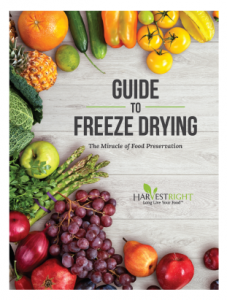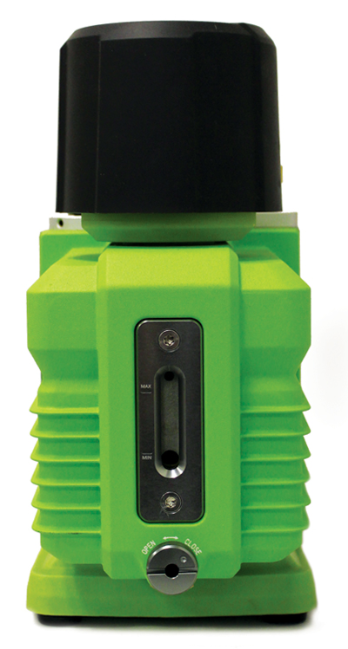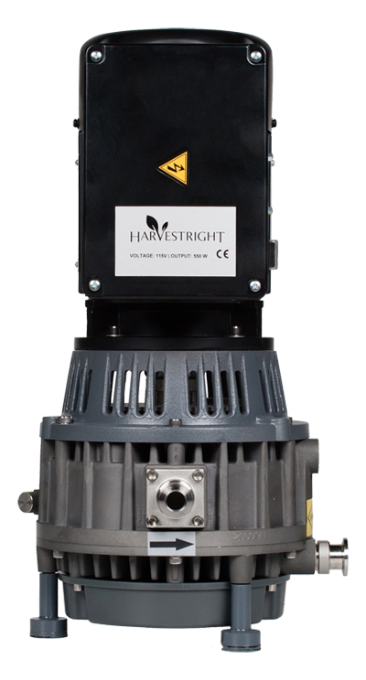Everyone needs some salt to function. Also known as sodium chloride, salt helps maintain the body’s balance of fluids. But nearly all Americans consume more salt than they need. According to the U.S. Department of Health and Human Services, the average daily recommended sodium amount is 2.3 grams or less, but only about 10% of Americans typically consume below that amount.
Too much sodium can cause serious problems. Salt can contribute to high blood pressure, which makes the heart work harder and can lead to heart disease, stroke, heart failure, and kidney disease.
On average, the natural salt in food accounts for about 10 percent of a person’s total intake. The salt we add at the table or while cooking adds another 5 to 10 percent. The vast majority of our sodium intake, around 75%, comes from salt that is added to processed foods by manufacturers.
Store-bought, freeze-dried meals are one of the worst offenders of adding too much salt. Manufacturers of pre-packaged freeze-dried meals use high amounts of sodium for two primary purposes: preservation and taste. If you look at the nutritional information found on freeze-dried meals, you will usually see 25-40% (or even more) of the daily recommended amount of sodium in just a single package!
While active people, like hikers and backpackers who typically eat freeze-dried meals, may be fine eating a little more than the normal daily recommended amount of sodium, too much salt can still be unhealthy and make that person feel awful – just ask anyone that has taken a long backpacking trip while eating mostly store-bought freeze-dried meals. The best way to avoid salty freeze-dried meals is to freeze dry food at home. Freeze drying backpacking and emergency food supply meals at home allows you to control the amount of sodium that goes into your food. People with restrictive diets or who just want to eat and feel healthy can freeze dry the meals they enjoy eating. They can then consume these meals with the knowledge that they are not full of additional sodium.




